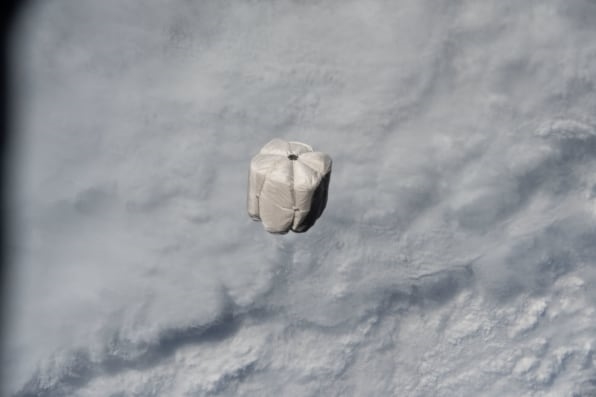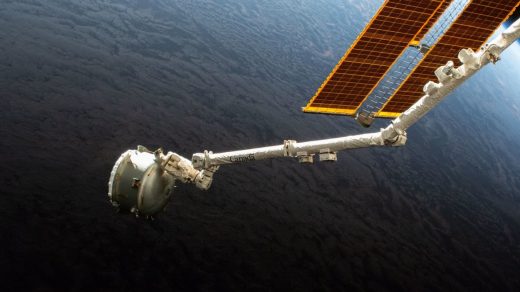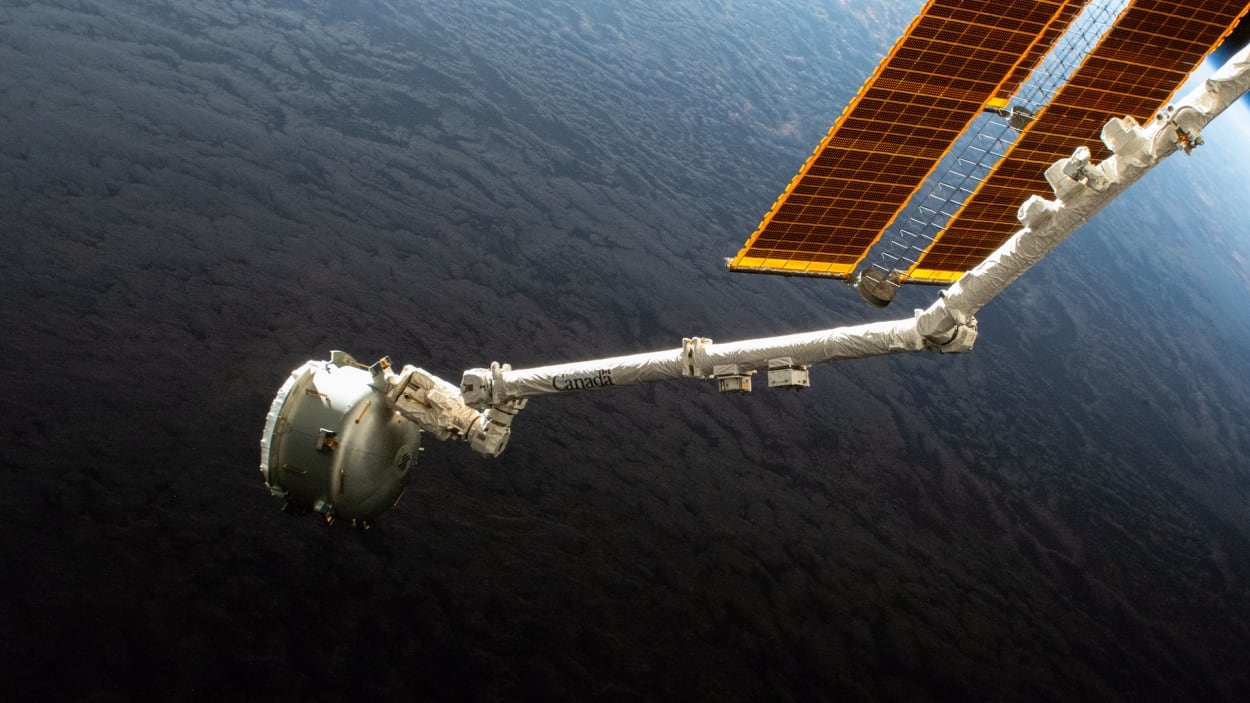Astronauts are taking out the ISS trash using Bishop Airlock
Earlier this month, astronauts disposed of some 172 pounds of trash from the International Space Station (ISS) using a completely new method: sending it out of the commercial Bishop Airlock designed, owned, and operated by Houston-based Nanoracks. Once the specially designed trash bag was ejected from the airlock, voilà—the ISS crew had less waste to worry about.
Cooper Read, Bishop Airlock program manager at Nanoracks, noted, “The first full end-to-end cycle was a great opportunity to demonstrate the commercial . . . interaction and how that can continue to be a positive thing for everyone.”
Bishop Airlock’s backstory
Operation Take Out the Trash (that’s an unofficial working title) represented the first full open-close cycle of Bishop. According to Nanoracks, Bishop offers five times the current volume of what can be moved in and out of the ISS. It can support up to 144 units of payloads simultaneously (1 unit equals 10 by 10 by 10 centimeters).

[Photo: NASA Johnson/Flickr]
Bishop is the “first commercially funded element” added to “the ISS stack,” Read noted. Shaped like a bell jar, the airlock launched on a SpaceX resupply mission in December 2020 and was commissioned in February 2021. Since then, “all of the core systems have been operating nominally,” Read said.
Key Bishop Airlock design elements
Start small, then ramp up
Nanoracks and parent Voyager Space Holdings are “in talks with multiple other companies, public and private” to use Bishop Airlock, Read said. And next year, NASA will begin the Space Entanglement and Annealing QUantum Experiment (or SEAQUE), a quantum computing demo hosted on Bishop.
Nanoracks has gained loads of flight heritage by iterating over time. It “started small, then ramped up,” Read said, graduating from CubeSat deployers to locker-size platforms inside the ISS to a “small external platform on the Japanese-exposed facility” to Bishop.
Bishop will eventually detach from the ISS and join Starlab, a free-flying low Earth orbit (LEO) outpost owned and operated by Voyager and Lockheed Martin. “There are lots of things we’ve learned along the way that will help us with Starlab and building up that station,” Read said.
This story originally appeared in the Payload newsletter and is republished here with permission.
(30)



